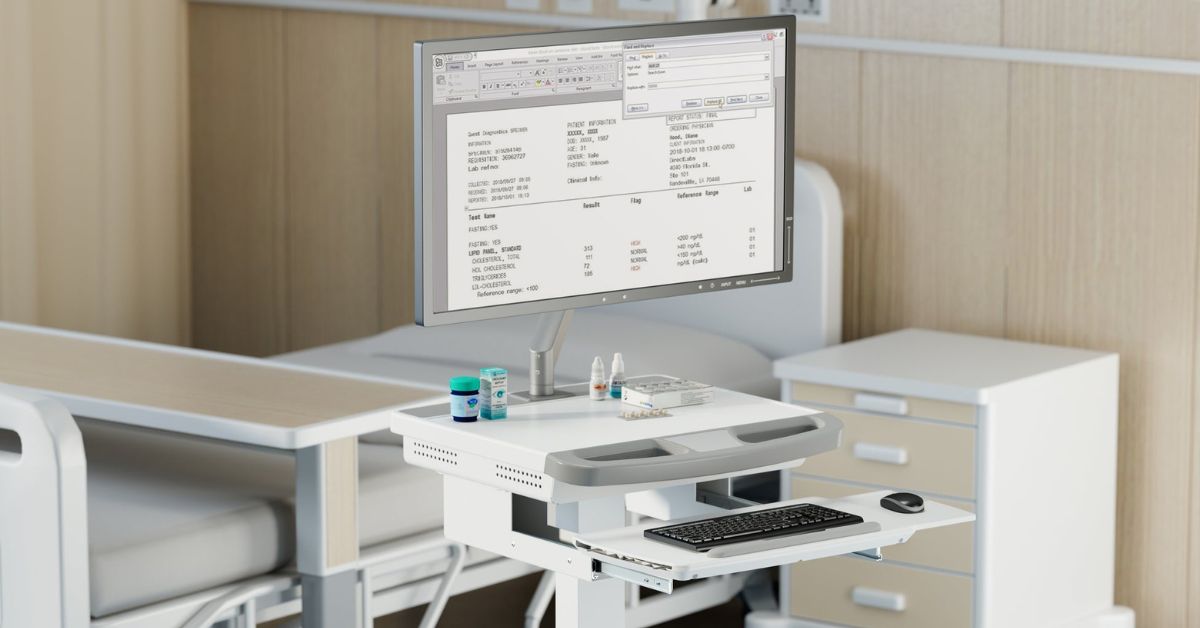Organization and standardization are paramount in healthcare. Standard operating procedures (SOPs) ensure that healthcare providers deliver consistent care while minimizing risks. Although creating SOPs might appear straightforward, their role in healthcare is complex. Learn how to create standard operating procedures for your healthcare business.
Understanding the Essence of SOPs
Standard operating procedures outline instructions for performing tasks to maintain uniformity, patient safety, and quality. Uniformity is crucial in healthcare because errors can have dire consequences.
The Role of SOPs in Healthcare
Standard operating procedures offer several benefits; for instance, every staff member knows what to do and how to do it. Consistency in task execution helps to reduce errors. SOPs also improve communication within the organization by providing clear guidelines for sharing information.
Steps To Develop Effective SOPs
Effective SOPs require a systematic approach for the sake of clarity and comprehensiveness. The following steps outline the considerations and actions to develop SOPs that enhance operational efficiency and patient safety.
Identify Processes Needing SOPs
Only some tasks require a standard operating procedure. Focus on processes that affect patient safety and care. For instance, laboratory procedures, patient intake processes, and emergency response protocols need SOPs.
Gather Input From Stakeholders
Include insights from people in your workplace. Nurses, doctors, and administrative staff all bring valuable perspectives. Their input ensures the SOP reflects real-world scenarios and is more likely to be relevant.
Document the Process
Write the steps clearly and concisely, and avoid jargon that could confuse staff. Each step should be actionable and easy to understand to support new and experienced staff members.
Establish Review and Revision Dates
Setting regular intervals for reviewing and updating SOPs supports their relevance and effectiveness. Establishing a consistent revision schedule ensures that procedural modifications or advances in best practices happen promptly.
Role of Visual Aids and Tools
Visual aids are invaluable in SOPs. Diagrams, charts, and flowcharts can provide clarity and make complex processes more accessible to staff members. Clipboards holding visual aids, for instance, are like mobile workstations for your team.
They offer a physical space to hold SOPs and other necessary documents, ensuring staff have access to important information at all times. Custom medical chart dividers also play a role in organizing and easily accessing information, such as medical records.
Importance of Training and Communication
Developing SOPs presents challenges, such as resistance to change, as staff may be set in their routines. Involving them in creating SOPs can help everyone go along with new processes. Regular updates are also helpful, so assign a team to keep them current.
Once established, train your team on the new SOPs. All staff should understand the importance of SOPs through initial training and regular refreshers so they can follow procedures confidently.
Building a Culture of Continuous Improvement
Creating SOPs is essential for streamlining operations in healthcare and safeguarding patient care by minimizing errors and ensuring consistency. However, they should not be static. To maintain their relevance, encourage a culture of continuous improvement in your office by regularly seeking staff input and staying updated with industry changes. Developing comprehensive SOPs is a fundamental step for refining your processes.






